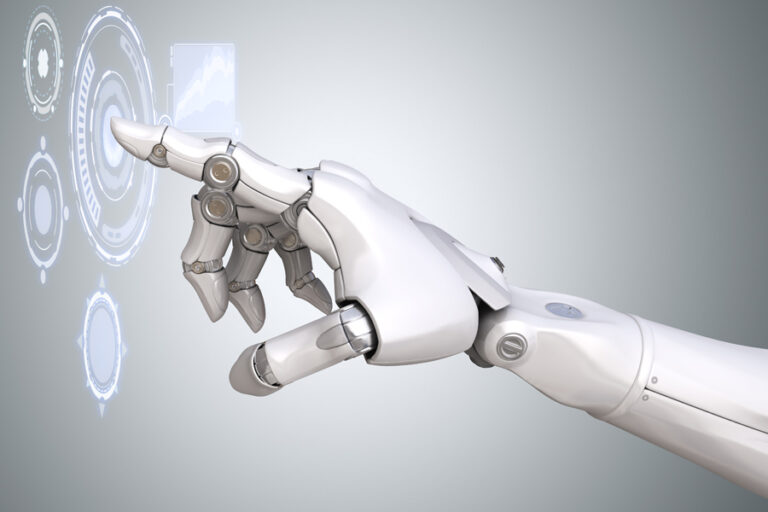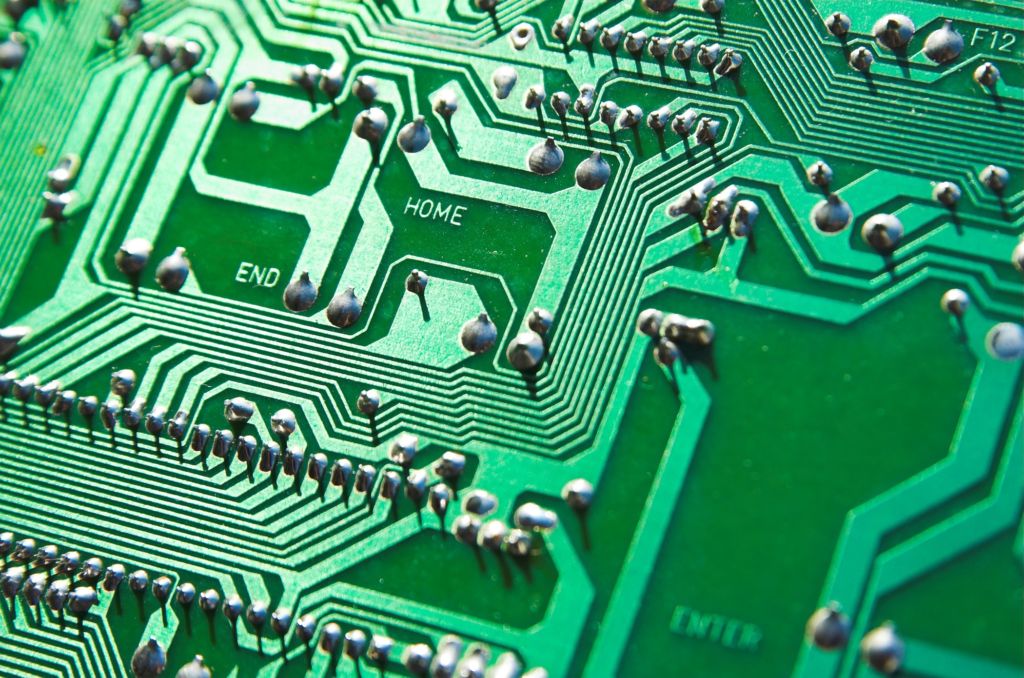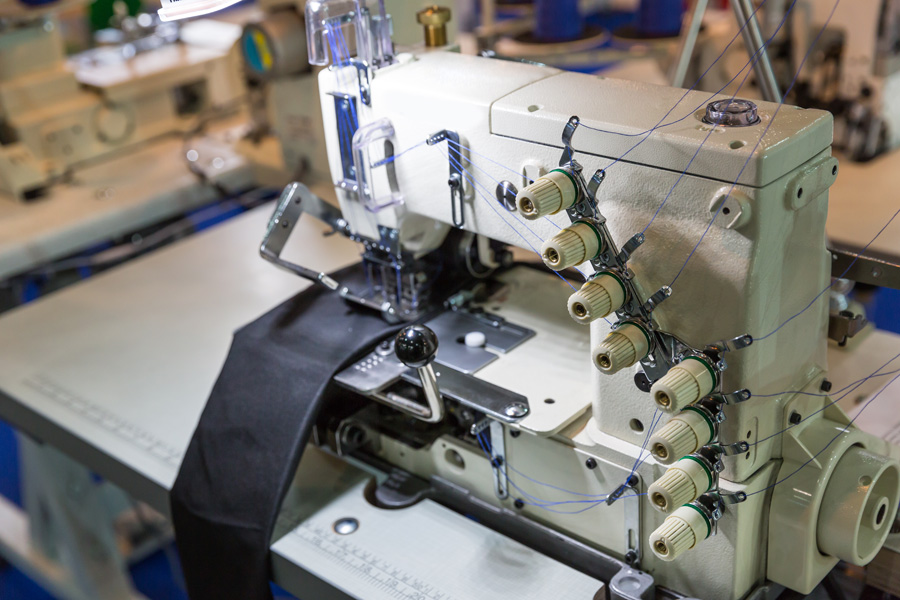
I have called neorelocalization the process of the return of fashion manufacturing to locations near the European and U.S. markets. My objective in putting the prefix “neo” before the word relocalization is nothing more and nothing less than to distinguish the current process from previous returns of the industry to nearshoring because of the clear differences that exist between one and the others.
For the same reason I think it is very convenient to use the term fashion 4.0 to refer to the fashion industry conceived or revamped from the development of new technologies that lead to automation, robotization and massive interconnection of manufacturing units.
This is how in 2016 Modaes already ventured into the analysis of the process and they reported on it in the post Moda 4.0. Today, with the same approach to the future, they use the term correctly to promote the next Innovation Fashion Forum 2019 under the title: Fashion 4.0: Technology to transform the industry.
Fashion 4.0 is interconnection, automation and robotization
Before fully understanding the automation landscape in apparel production and its potential effect on local and nearby manufacturing, fashion and retail companies must have a deep understanding of new technologies. In the abovementioned report, the professionals at McKinsey make a wise selection of these technologies that participate in the new garment production processes. In this way they identify the five most important automation technologies that drive the most promising change in fashion production.
Based on the prospection of current and future automated processes in garment production, these five technologies emerge that have a high potential to generate a strong economic impact if we analyze the possible reduction of labor costs and capital investment required.
The automation of the sewing and logistics process generates a radical transformation in the level of efficiency of the current systems used. Furthermore, we must point out that the new procedures are becoming a reality thanks to new technologies in the adhesive-gluing processes applied to flat fabrics, the robotic production of knitted garments and the innovative denim finishes.
1. Sewing.
Sewing is the most labor-intensive process in making a garment; it accounts for more than 50% of total work time per piece. The possibility of reducing labor input is largely subordinated to the type of item and its design characteristics. With the new technologies under development, up to 90% of the sewing could be automated in simple garments.
While a wide variety of semi-automatization systems are already in use in today’s fashion industry, such as Sip Italy machines, it is impossible to observe a similar scenario for 100% automated sewing processes. However, we could say that SoftWear Automation is at the forefront and that other companies, such as Sewbo, are investing heavily in R&D.
2. Storage and intralogistics.
After the sewing process, this is the most labor-intensive and error-prone phase in the manufacturing of apparel and fashion accessories due to the difficulties associated with the collection process. Robotics in intralogistics and in the storage procedure can reduce the need for labor by 50%, minimize processing time, errors and optimize worker ergonomics. An example of this is Amazon Robotics.
Today, these new technologies include suspended garment storage systems, which occupy the empty airspace of warehouses and depots, sorting and collecting items that are ready for display, and self-propelled storage vehicles that can stow, haul and unload items.
3. Adhesive gluing
New adhesive-gluing technology has enabled sports brands to avoid sewing and add functionality to high-performance garments. However, the time when only sports brands used the gluing technique to increase and optimize water resistance is now a thing of the past. Today, adhesive technology is used by fashion brands and even in the luxury segment and high-end design. Combined with robotics, the gluing system has the ability to significantly reduce the need for labor and, above all, increase manufacturing speed.
4. Knitted fabrics.
Technological advances in the manufacture of knitted fabrics, such as three-dimensional and computer-controlled weaving, allow for customization, improvements in design and fit. For these reasons, knitwear is more versatile and its commercial value is increasing, which is likely to encourage fashion brands to move from flat fabrics to knitwear.
Nike’s Flyknit line, for example, has been created from a computerized weaving process that reduced material waste by 80%. Innovations in knitted fabrics greatly encourage the production of customized items and promote the new concept of in-store manufacturing.
5. Finishing.
Automated finishing-whether by laser, abrasive, digital printing or other-is fast, low-cost, and low-labor-intensive. These new possibilities – such as Jeanología or Vav for example – make it possible for a brand to carry out the finishing phase locally or in proximity, even for the articles manufactured in Asia, and add personalized details in the store. Abrasives can reduce labor by up to 90% and digital printing by up to 70%.
Traditional Manual Process vs. Automated Process
A factory operator holds worn jeans in his hand. To deliver the production with the same design, exactly as the sample, the worker uses sandpaper to “break” and wear the fabric and applies chemicals to generate other effects as instructed in the technical data sheet of the model. This laborious manual process takes 20 to 30 minutes per pair of jeans.
With the new automated process, we start from a digital image of the designed “jeans” that contains the instructions of the final finish that the laser technology can decipher and then reproduce the design – torn, moustache, worn off, among other effects – taking only one and a half minutes.
This new process allows brands to manufacture jeans in Asia, ship the unfinished items to the markets, and then finish them in nearby locations. This offers many advantages for fashion companies as they can try out different styles, quickly reproduce best-selling finishes and have them ready in stores in a matter of days or even hours.
Bottom line
It is very obvious that for certain items, automation will not only make nearshoring more appealing to fashion and retail brands in Europe and the USA, but will also make local production viable again in the future from an economic and commercial perspective, as each and every one of these automations and new technologies are adopted.
The future of fashion 4.0 is very exciting!





































 (3 votes, average: 4.67 out of 5)
(3 votes, average: 4.67 out of 5)






